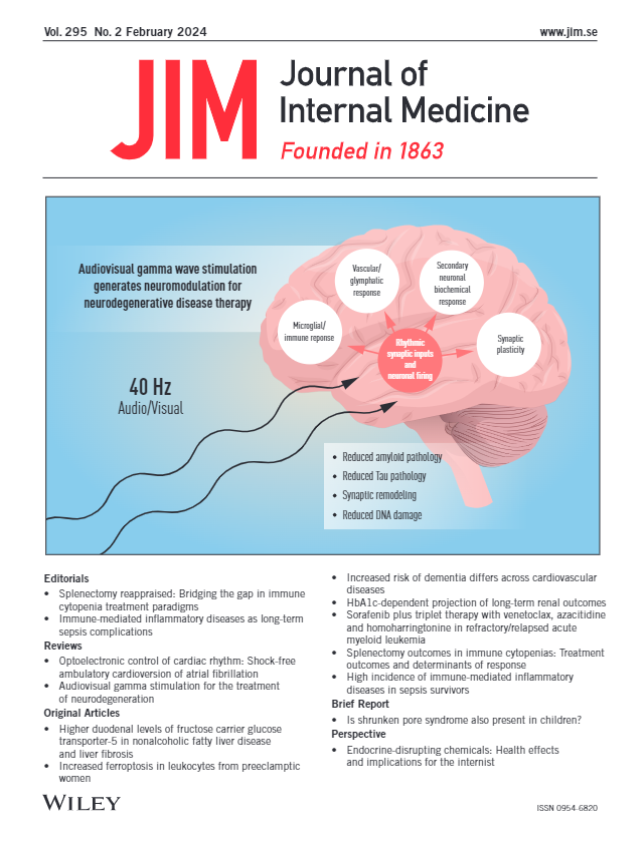Apixaban, edoxaban and rivaroxaban but not dabigatran are associated with higher mortality compared to vitamin-K antagonists: A retrospective German claims data analysis
Abstract
Background
Vitamin-K antagonists (VKAs) have widely been replaced by non-VKA oral anticoagulants (NOACs). This includes Austria, Germany and Switzerland, where as VKA, instead of warfarin, the much longer-acting phenprocoumon is used, which was not compared to NOACs in clinical trials.
Methods
Using administrative data from a large German health insurance, we included all anticoagulation-naïve patients with a first prescription of a NOAC or VKA between 2012 and 2020. We analysed overall survival, major adverse cardiac and cerebrovascular events, major thromboembolic events and major bleeding.
Results
Overall, 570,137 patients were included (apixaban: 26.9%, dabigatran: 4.6%, edoxaban: 8.8%, rivaroxaban: 39.1% and VKA: 20.7% of these 99.4% phenprocoumon). In the primary analysis using a 1:1 propensity score matching-cohort (PSM-cohort), a significantly higher overall mortality was found for apixaban, edoxaban and rivaroxaban (all p < 0.001) but not for dabigatran (p = 0.13) compared to VKA. In this PSM-cohort, 5-year mortality was 22.7% for apixaban versus 12.7% for VKA, 19.5% for edoxaban versus 11.4% for VKA, 16.0% for rivaroxaban versus 12.3% for VKA (all p < 0.001) and 13.0% for dabigatran versus 12.8% for VKA (p = 0.06). The observed effect was confirmed in sensitivity analyses using un-weighted and three different weighted Fine–Gray regression models on the basis of the entire cohort.
Conclusions
In this large real-world analysis, apixaban, edoxaban and rivaroxaban, but not dabigatran, were associated with worse survival compared to VKA. These findings, consistent with a few other studies including phenprocoumon, cast profound doubts on the unreflected, general use of NOACs. Randomized trials should assess whether phenprocoumon might actually be superior to NOACs.


 求助内容:
求助内容: 应助结果提醒方式:
应助结果提醒方式:


